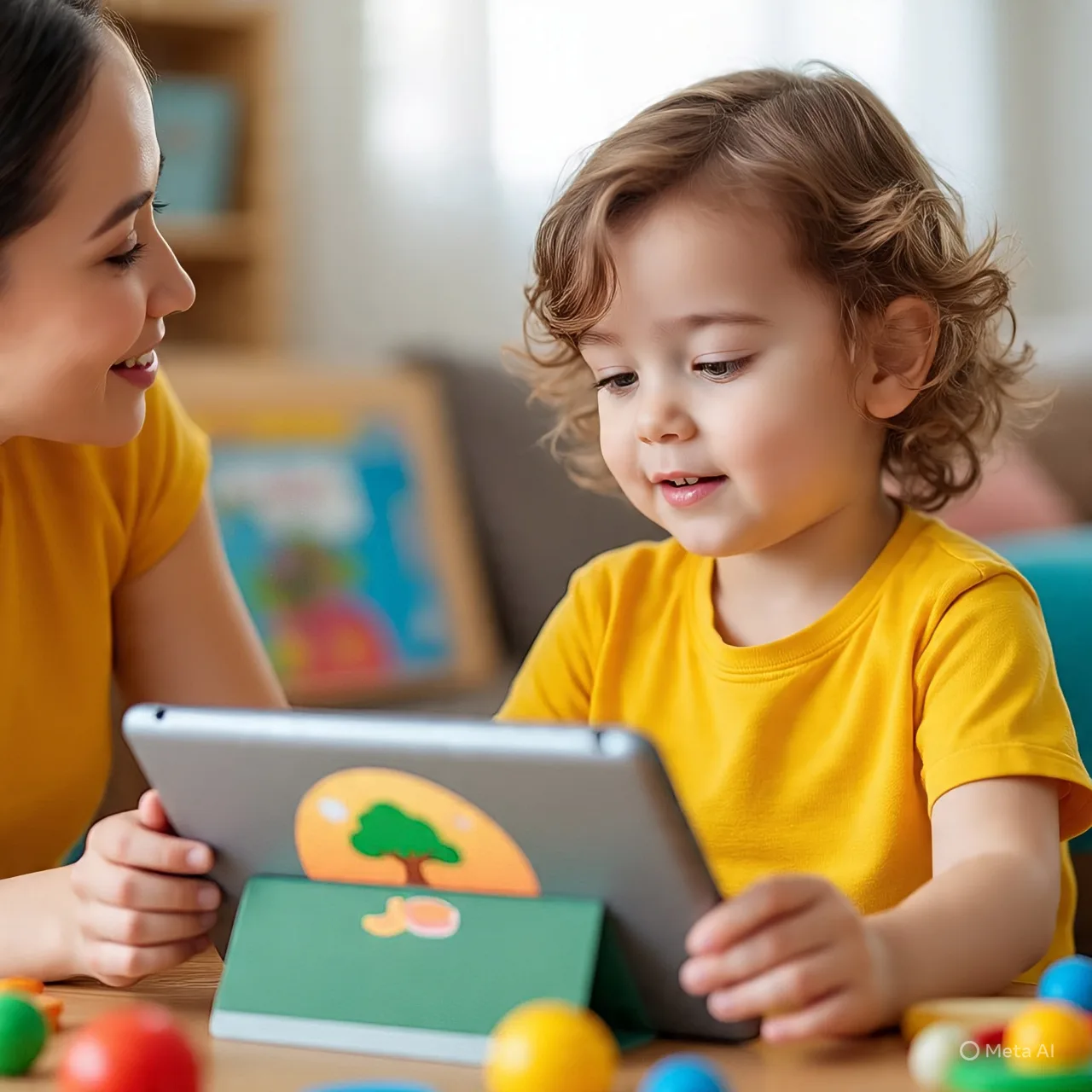Introduction
Screens are everywhere—in our homes, cars, and even in our hands. For parents of preschoolers, the question isn’t whether children will encounter screens, but how much and how often. At Learning Nest Preschool & Day Care, we understand the importance of balance. Too much screen time can affect sleep, behavior, and learning, but mindful use can also provide positive experiences. Here’s how to find the right balance for your preschooler.
1. Understanding the Impact of Screen Time
Research shows that excessive screen time in early childhood can impact attention span, physical activity, and social skills. Young children learn best through hands-on play, movement, and face-to-face interactions, not from passively watching a screen. That’s why setting boundaries is so important during the preschool years.
2. The Benefits of Limited Screen Use
While too much can be harmful, carefully chosen, age-appropriate screen activities can support learning. Educational apps, story videos, and interactive programs can reinforce early literacy and problem-solving skills when used in moderation. The key is that screens should supplement—not replace—real-world play and learning.
3. Recommended Screen Time for Preschoolers
According to pediatric experts, preschoolers should have no more than one hour of high-quality screen time per day. Even within this limit, it’s best when parents watch with children, ask questions, and connect the content to real-life experiences. This keeps screen use interactive rather than isolating.
4. Encouraging Screen-Free Alternatives
Preschoolers thrive with activities that engage all their senses. Instead of reaching for a device, families can:
- Read picture books together.
- Play outdoor games or go on nature walks.
- Do puzzles, build with blocks, or explore art projects.
- Sing songs, dance, or cook together.
These activities encourage imagination, problem-solving, and family bonding—all things a screen can’t replace.
5. The Role of Preschools in Screen Balance
At Learning Nest, we keep screen exposure minimal and focus on active, play-based learning. Children explore through movement, music, storytelling, and hands-on activities. This approach ensures that their brains and bodies are developing in healthy, natural ways.
6. How Parents Can Set Healthy Habits at Home
- Create tech-free zones like bedrooms and the dinner table.
- Set clear time limits and be consistent.
- Model good screen habits—children learn most by watching adults.
- Prioritize active, social, and outdoor play daily.
Consistency at home helps children view screens as just one part of life—not the center of it.
Conclusion & Call to Action
Screen time is a modern reality, but it doesn’t have to overwhelm childhood. By setting healthy boundaries, choosing quality content, and balancing with real-world play, parents can ensure screens serve as tools, not distractions. At Learning Nest Preschool & Day Care, we emphasize screen-free, interactive learning that nurtures the whole child. Want to give your preschooler the gift of balance? Schedule a visit today and see how we make learning come alive—beyond the screen.






